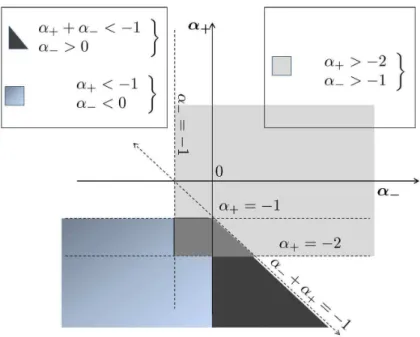Weak turbulence in two-dimensional magnetohydrodynamics
Texte intégral
Figure
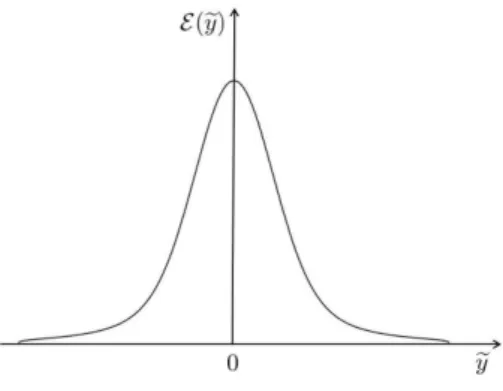
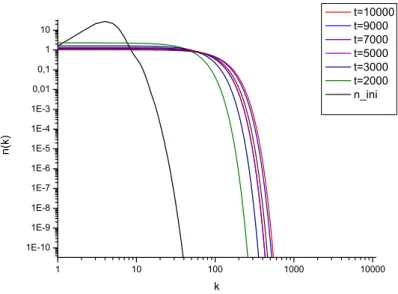
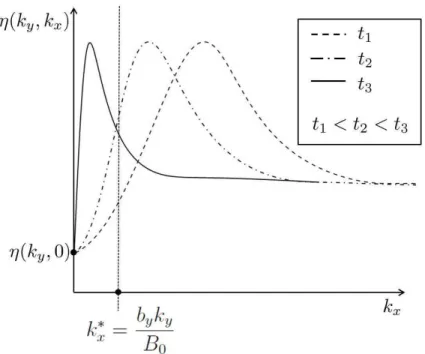
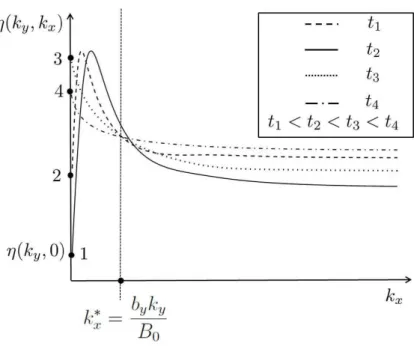
Documents relatifs
Starting from these premises, it has been shown that a proper normalization of the wave amplitudes is necessary for 3-wave resonant systems, in order to obtain a finite spectrum in
In the meantime, Zakharov and Filonenko [4] showed, in the case of four-wave interactions, that the kinetic equations derived from the wave turbulence analysis have exact
The analysis shows that while resonant triad interactions survive the highly nonlinear bath of ion-cyclotron fluctuations at large scales for which the degree of nonlinearity is low
In particular, we define and completely solve a convexified version of this problem, underline a generic non existence result with respect to the values of the measure constraint L,
However, in- termittency in wave turbulence is often related to non Gaussian statistics of low wave number Fourier ampli- tudes [10], thus it is not obviously related to small
We consider random initial data and assume that these systems possess natural invariant distributions corresponding to some Rayleigh-Jeans stationary solutions of the wave
We wish to make clear that our result, namely that Levinsons’ theorem is an index theorem, is quite different from a result encountered in supersymmetric quantum mechanics about
We extend a recently developed Hamiltonian formalism for nonlinear wave interaction processes in spatially periodic dielectric structures to the far-off-resonant regime, and
